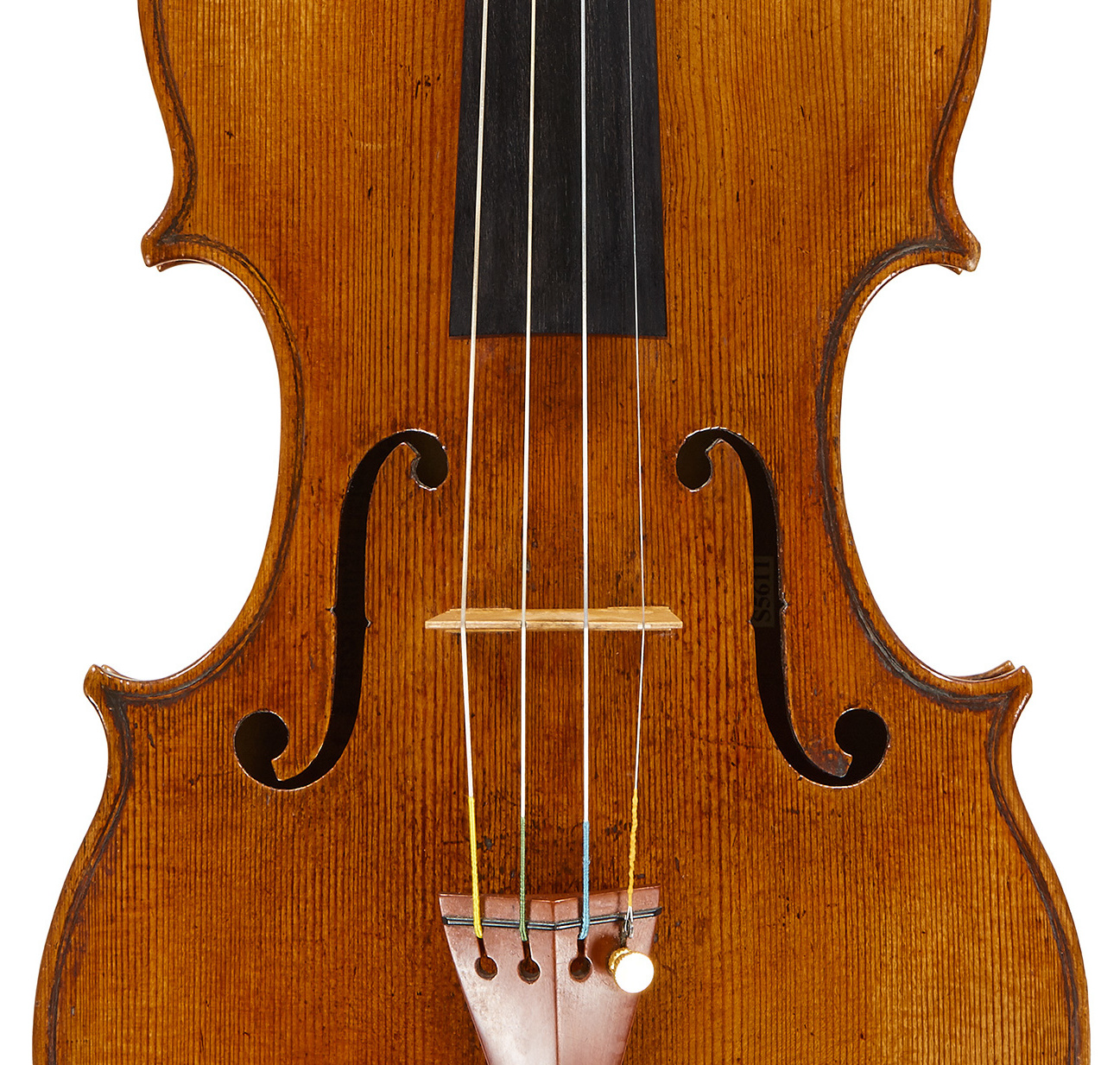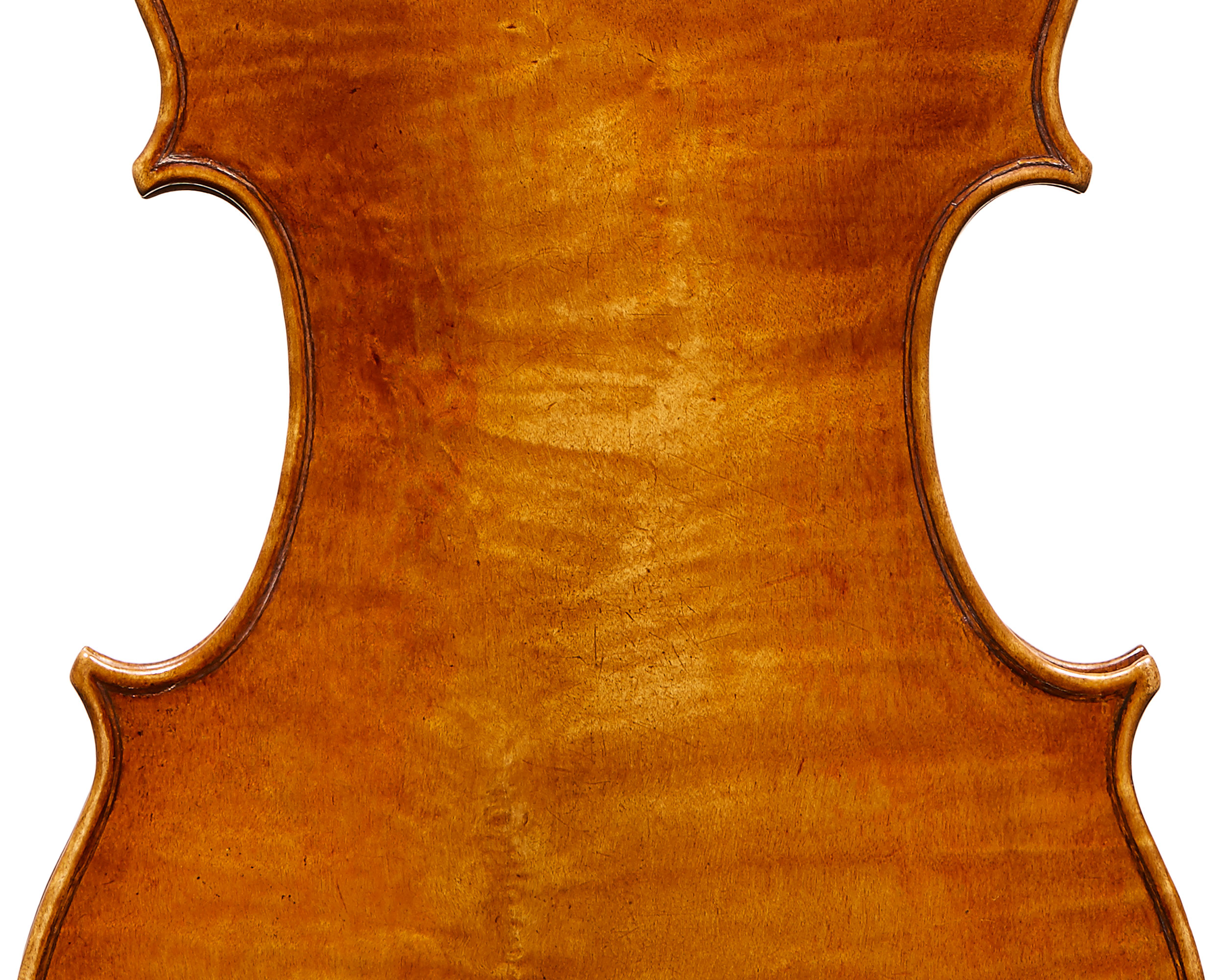In 1698, after a lifetime spent in Cremona, Girolamo Amati II began a lengthy exile across the Po in the territory of Piacenza. Here he remained, safely beyond the reach of the debt collectors, until 1716, when he finally returned to Cremona and reappeared in the old family house in S. Faustino.
He returned to a different world. When he left Cremona it was a Spanish territory; it was now an Austrian one. Piacenza, safely across the Po, had remained outside the War of Spanish Succession that had affected Cremona during the intervening years. All of the key battles of the Italian campaign, including the Battle of Cremona in 1702, had taken place during his exile, ending with Austria seizing firm control of Lombardy. Furthermore, while he returned to the home of his birth, he came not as the landlord but as a mere tenant: early in the century the house had become the property of his son-in-law, Carlo Pizzamiglio. Here he remained until his death in 1740, aged 91, having outlived all of his former contemporaries.
Girolamo was most prolific during the years prior to 1698, particularly the decade and a half following his father Nicolò’s death, as well as the 1670s and 80s, when there are numerous violins bearing Nicolò’s labels that show Girolamo’s participation. The majority of the examples in the Cozio archive date from these years. He does not appear to have made many instruments after his return to his birthplace, although there are a handful from the late 1710s and early 1720s and anecdotal information of a few instruments made later, including a violin crafted in 1740, the year of his death. That violin was supposedly made for a French violinist at the request of his teacher, Tartini. It appears in one of the post-revolutionary inventories but then is lost to history.
The years between Girolamo’s Cremonese sojourns saw the creation of a handful of fine instruments, a few of them very significant
The years between Girolamo’s Cremonese sojourns saw the creation of a handful of fine instruments, a few of them very significant. It has been suggested that he was engaged as the instrument maker to the Count of Soragna, whose court was based in the territory between Piacenza and Parma. Perhaps the instruments of the 1700–15 period were crafted as a result of that employment. Among these are a variety of violas, most notably the exceptional one of 1705 played upon by Toby Appel, and reputedly a contrabass. There are several violins attributed to 1710, including this violin, built on the ‘grand pattern’, and a virtual twin that passed through the hands of the Moennig shop many years back. The twin was built on the smaller model but shares the same wood selection. It did not bear its original label but was taken, under the scholarship then available, to be from the 1680–90 period. If a close inspection were made of Girolamo’s surviving oeuvre, it would not be surprising if some of his 1690s’ work might more properly be attributed to the later decade.
In any event, this 1710 Girolamo Amati violin (like its twin) does not appear to have been made in glowing financial circumstances: the backs of both were crafted using a knotty piece of local wood with a long and prominent sap mark down the center. The wood is slab-cut and has a handsome, soft and mostly horizontal figure, marked with small knots along the center area that strike the surface in the lower bouts. The sides and scroll are crafted with a more conventional quarter-sawn maple.
In terms of workmanship, though, the violin shows its creator in his strongest style. The ‘grand pattern’ as expressed by Girolamo is always quite broad, with minimal hollowing through the flanks, resulting in highly satisfactory tonal results. There is no evidence of declining capabilities in the strong and crisply finished edging and purfling. Similarly, the scroll is also in the master’s best style, derived from his father’s model, but with a broader tail, a more open throat, a narrower crown, and a more projecting second turn to the volutes.
The top is equally fine, with wood of a pronounced, almost pine-like grain, strong and straight. As with the back, the top arching remains fairly full to the edges. One sees as well the maker’s distinctive F pattern, fairly wide set and with vertical stems. The deep golden color of the varnish is very typical of Girolamo.
Iconographic History
This particular example has a long iconographic history in the 20th century, first appearing in a Fridolin Hamma sales brochure in 1898. These same images seem to have been given to Willibald Leo von Lütgendorff for use in his landmark encyclopedia, Die Geigen und Lautenmacher vom Mitteralter bis zur Gegenwart, published in 1922. Hamma again used these photos as an illustration of Girolamo’s work in his important book Meisterwerke Italienischer Geigenbaukunst, published in 1932. After World War II, when recent photos of violins were rarely available behind the Iron Curtain, Karel Jalovec used the same images in three separate editions of his book on Italian violin making.
Tarisio sold this fine 1710 Girolamo Amati violin in 2013.

